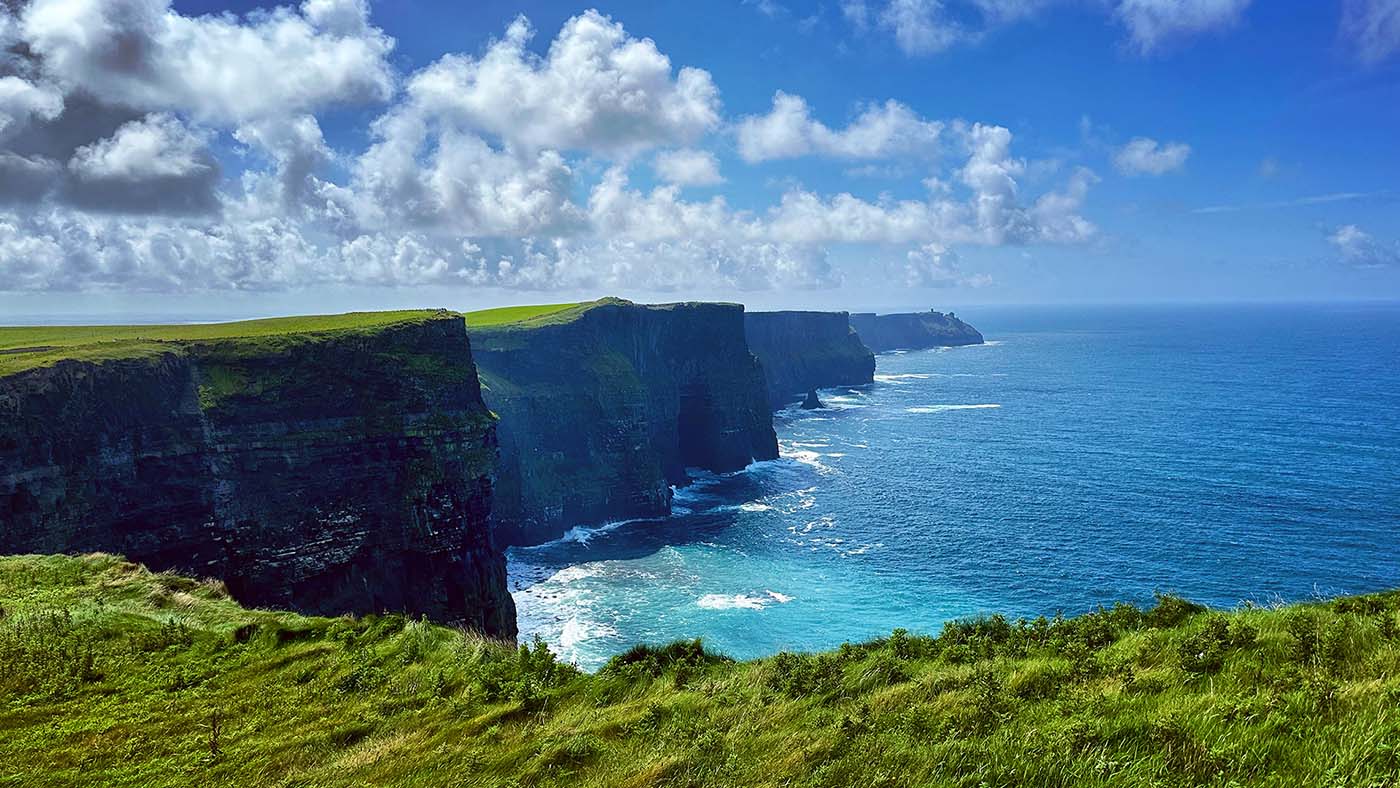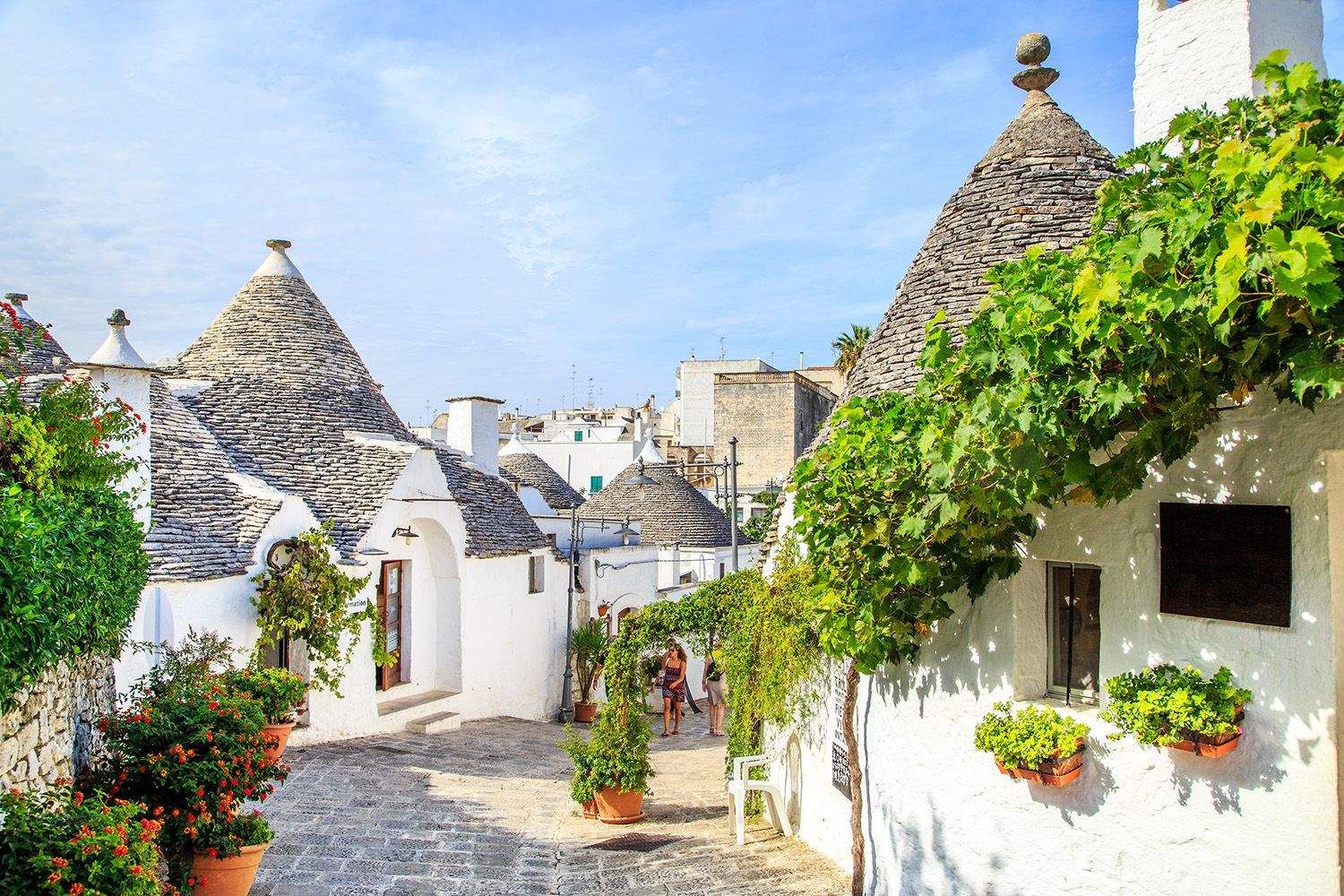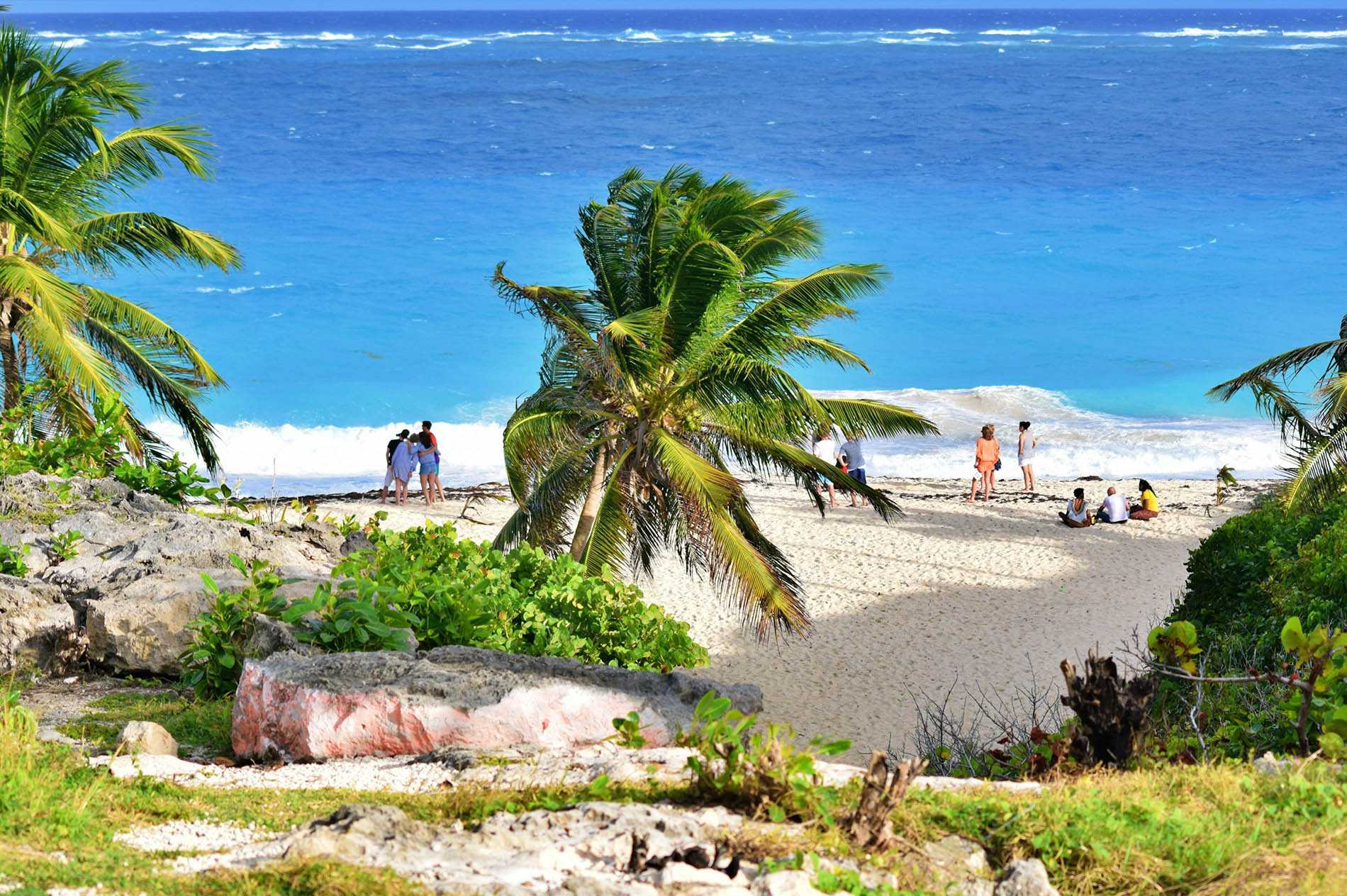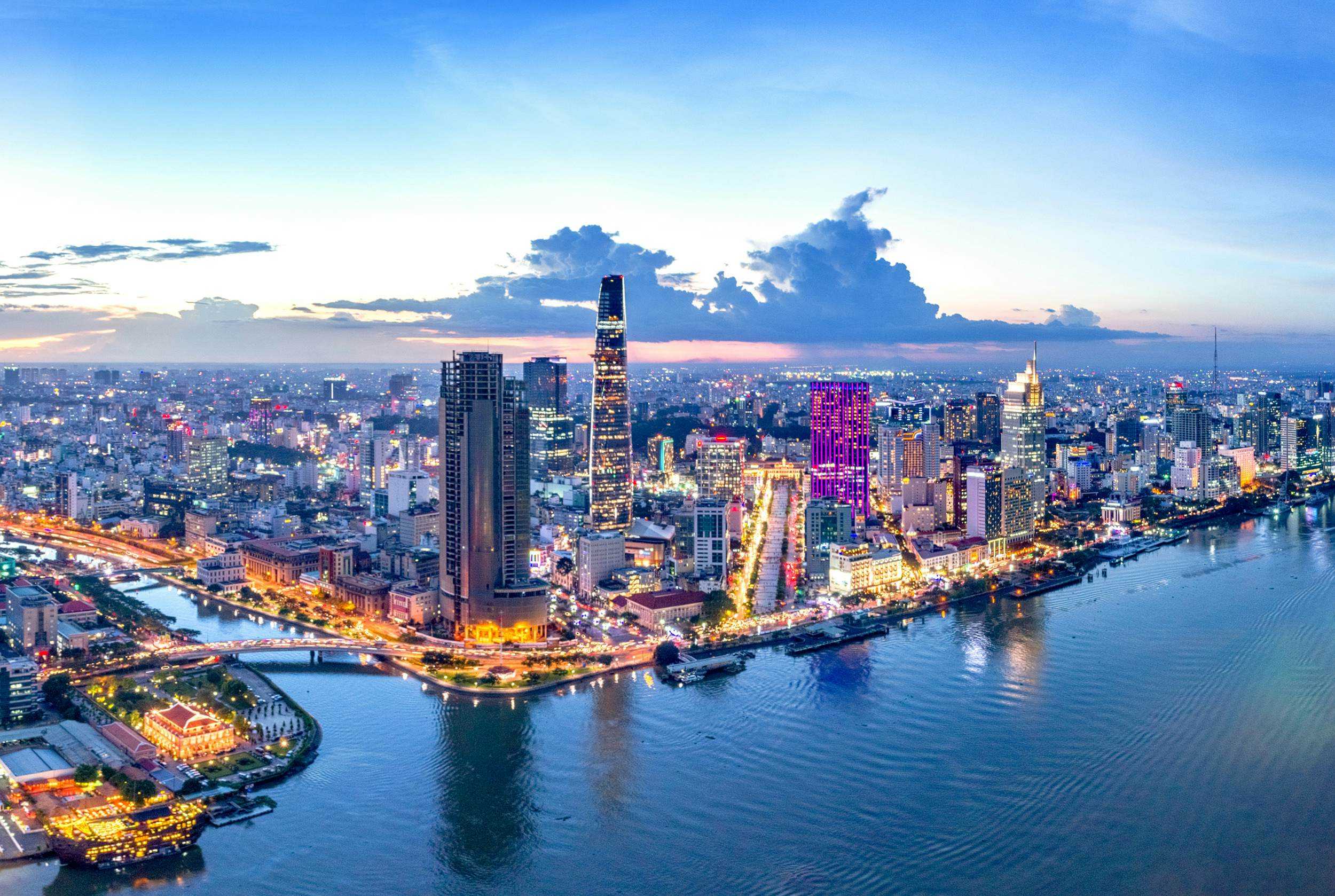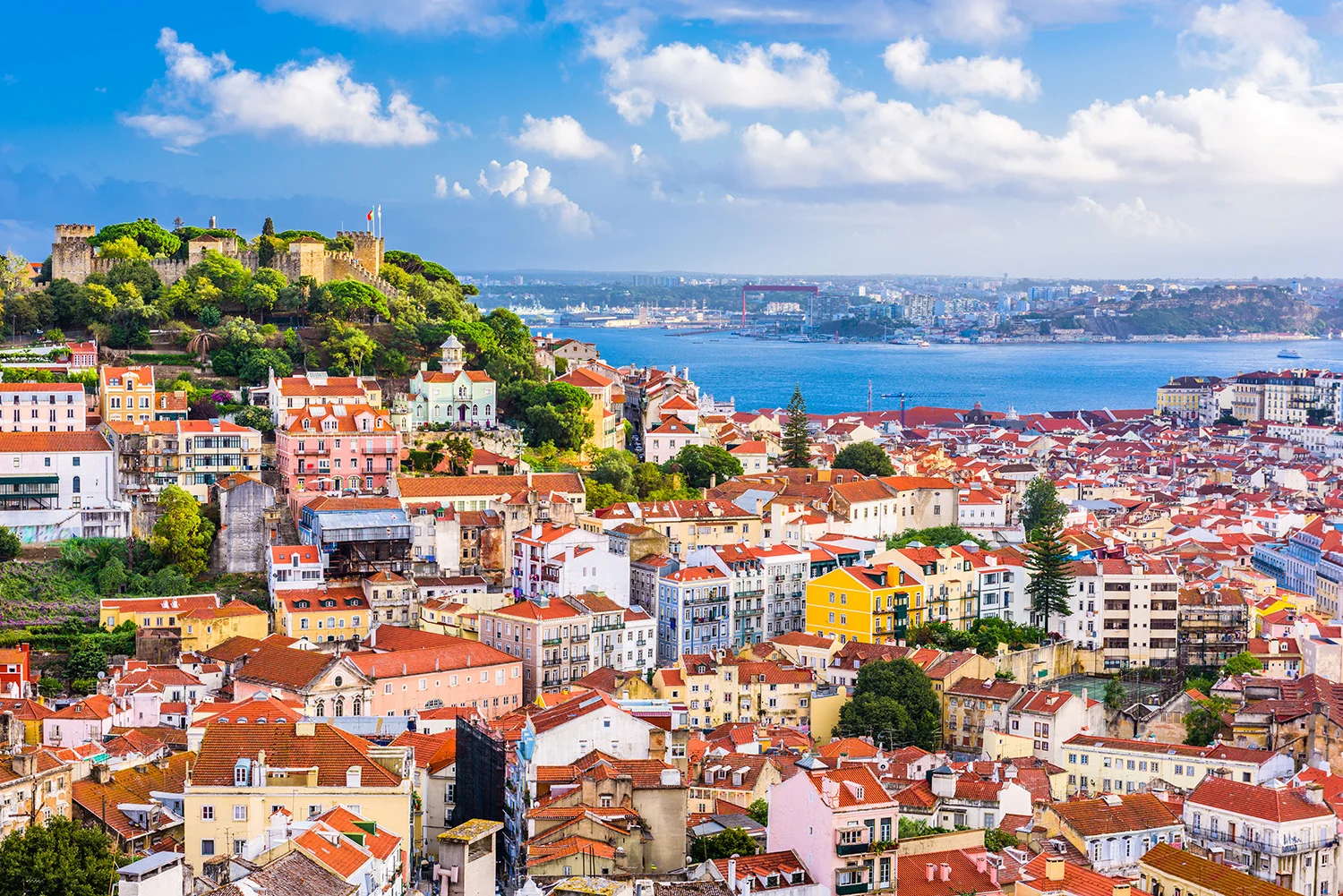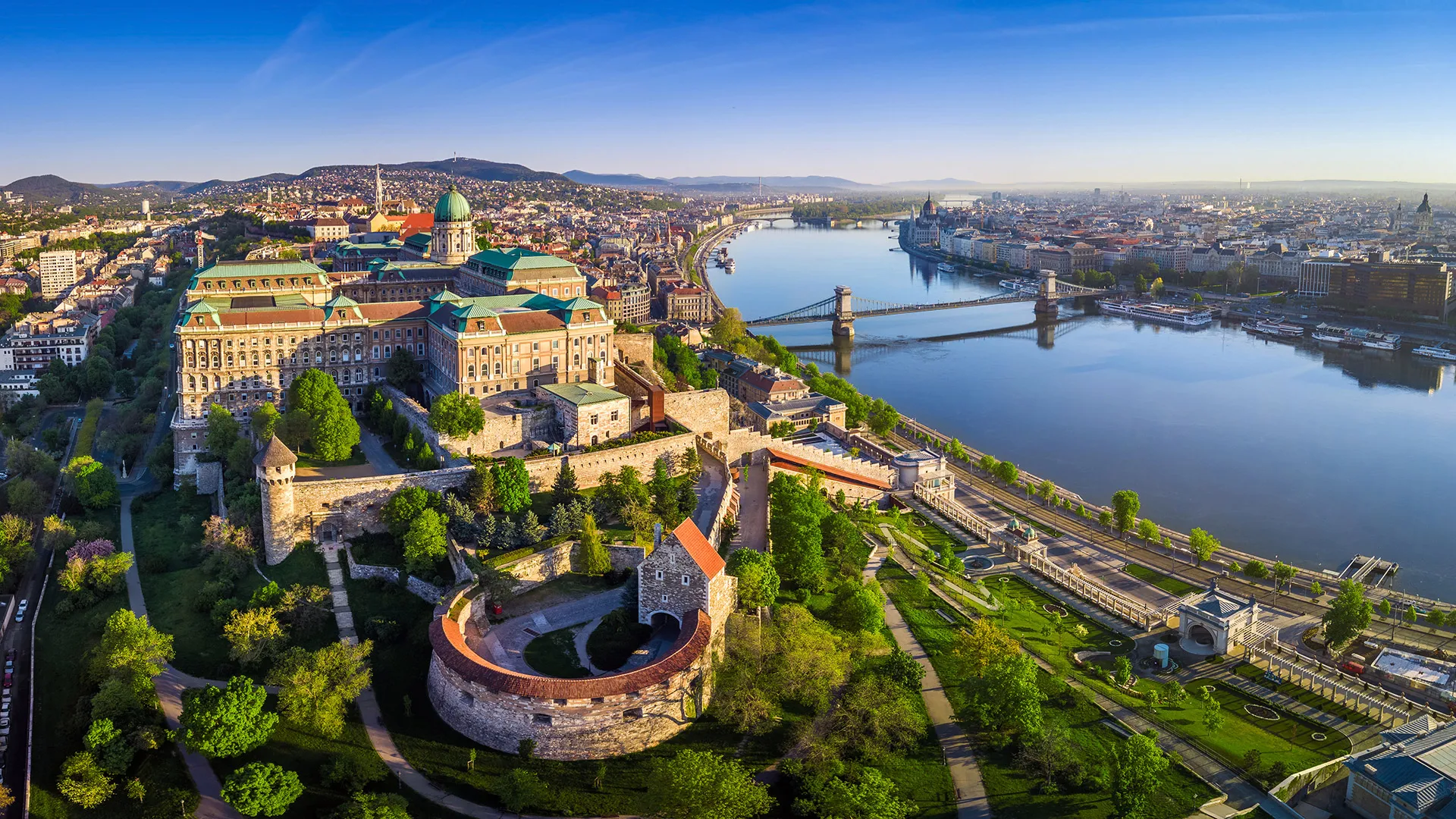
Hungary travel guide Budapest
Sitting at the crossroads of Europe, Hungary has managed to become modern and cosmopolitan while remaining perfectly Hungarian. It has one of the richest folk traditions still alive in Europe and fuses old Europe and new in its mix of Hapsburg grandeur and Communist-era grittiness. The capital, Budapest, is a city of imposing scale and wide vistas, split by the Danube into historic Buda and buzzy Pest, and offering both the OLD (imperial-era boulevards, Turkish baths) and the NEW (quirky warehouse bars and summer riverboat clubs). It’s easy to see why Hungary is one of the 15 most popular tourist destinations in the world and can boast with a capital regarded as one of the most beautiful in the world.
Hungary travel guide
Currency: Currency in use is the forint (Ft or HUF) Current conversion rate is available here.
Electricity: 230V AC electricity. Power outlets are round two-prong sockets (type F which also accepts type C and type E). Be sure to pack a universal travel adaptor so you can still use all your electronic gadgets. If you are from a country with 110V as a standard be aware that you will need a voltage converter.
Visa: Hungary is a party to the Schengen Agreement, which allows for free movement between certain European countries with no border controls between countries that have signed and implemented this treaty. U.S. citizens may enter Hungary for up to 90 days for tourist or business purposes without a visa and a visa granted for any Schengen member is valid in all other countries that have signed and implemented the treaty. Be sure to check online for the latest entry requirements. Make sure your passport is valid for at least 6 months after your entry and that you have an available completely blank page in your passport.
Safety: The crime rate in Hungary is low by European standards. Your biggest worry, when travelling to Hungary, should be the pickpockets and scammers. Your main defence is to exercise common sense and refrain from flaunting any luxury items. Tourists are treated with respect by the police (rendörség) unless they’re suspected of smuggling drugs or driving under the influence of alcohol. It’s a good idea to review your insurance coverage before you leave to make sure it’s adequate. We would suggest checking out either SafetyWing or World Nomads, for travel insurance as they have the best coverage for active travellers.
Language: Hungarians are rightly proud of their unique, complex, sophisticated, richly expressive language. It is considered to be one of the most difficult languages for English speakers to learn with the vocabulary, complicated grammar, and pronunciation being radically different. English is widely spoken, particularly by the younger generation and by those who work in tourism or live in tourist areas. German is very useful and almost as widely spoken as English, and almost universally near the Austrian border.
Public Holidays in Hungary
March 15, National Day
May 1, Labour Day (not a bank holiday)
August 15, Assumption
August 20, Constitution Day
October 23, Republic Day
Easter Monday and Whit Monday.
Festivals in Hungary
Hungary holidays and festivals embrace the contrasts of the country itself, from small village folk and religious celebrations dating back centuries to great international musical and cultural events featuring world-famous artists. Budapest has the most in the way of festivals, with Hungary’s spring and fall music festivals the most-loved.
Busójárás: What was once a festival celebrated solely by the people of Šokci, has gained immense popularity over the years and now almost every region of Hungary takes part in the celebrations. Perhaps one of the most traditional Hungarian festivals, the festival of Busójárás takes place in February every year and the celebration is in honour of welcoming the carnival season, and also to send off the winter and welcome the spring season in Hungary. As per tradition, men of the village don scary-looking carved masks and parade through the streets, while there’s also plenty of pálinka and general revelry abound.
Hollókő Easter Festival: Adhering to the Palóc way of life, the charming village of Hollókő in northern Hungary comes alive over the Easter weekend with a folk festival like no other. Celebrating Easter the traditional way, there are plenty of folk performances, arts and crafts are on show, and visitors can get a look into the unique customs and heritage of Easter in Hungary and – more specifically – in Palóc country.
Sziget Festival: Translating to “Island Festival”, the Sziget festival in Hungary is one of the top music festivals in the country with the most popular artists from across different genres setting the stage on fire for a week-long festival of fun and madness! Budapest sees some of the highest numbers of tourists during this period, as fans of the artists travel from every part of the globe to catch their favourite artists live.
Romantic Reform Era: Take a trip back in time to 19th century Hungary thanks to this festival held near Lake Balaton, celebrating the country’s Reform Era (1825 – 1848), during which the idea of a Hungarian national identity began to flourish. The 19th century is when Hungary, as a country, really found its identity, and the festival rejoices and celebrates the various aspects of traditional Hungarian culture such as clothes, food, music, and art. Dine and drink like the royalty of the 19th century at the Romantic Reform Era, one of the most unique holidays and festivals in Hungary.
Balaton Soud: Most popular EDM festival in Hungary
Paprika Festival: With its status as Hungary’s favourite spice, it’s no surprise that there’s an entire festival dedicated to paprika. The love for paprika, combined with the love for traditional folk art and the aim to preserve it, the festival honours the traditional forms of art and celebrates the spice using fun events like cooking competitions, paprika and wine tastings, and more.
Budapest Festival of Folk Arts: Every year during mid-August, the grounds of Buda Castle become the venue for this popular folk art festival showcasing the best of Hungarian folk art from up and down the country. Craftsmen, performers and artists flock to the city to show off their talents, making it a great place to learn more about folk art in Hungary. Live music and dance performances are both available to be enjoyed as well as art workshops and traditional Hungarian cuisine, with drinks such as pálinka to wash it down.
Best time to visit Hungary
Hungary’s main “tourist season” runs roughly from May through September.
Most visitors come in the summer, generally regarded as the best time to visit Hungary, when nine or ten hours of sunshine can be relied on most days, although sometimes interspersed with short, violent storms. The summer months of July and August has plenty of advantages with its long days and a busy schedule of tourist fun and festivals, although the high temperatures and humidity can become overwhelming at times. There’s little variation in temperatures across the country during summer, although you will find the Great Plain drier and the Highlands wetter.
In spring and fall — May, June, September, and early October — travellers enjoy fewer tourist crowds and milder weather. This is one of the best times to visit Budapest with its spring and autumn festivals, sights, and culinary delights. May can be pleasantly warm but showery and is the ideal time to see the Danube Bend, Tihany, or Sopron before the main season starts.
Winter travellers will find Budapest’s concert season in full swing, with almost no tourist crowds, but take heed that some accommodations and sights are either closed or run on a limited schedule. The weather can be cold and dreary, and it gets dark outside well before dinnertime. Apart from Budapest, most other parts of Hungary have little to offer during the winter, and the weather doesn’t become appealing until late spring.
The best time to visit Hungary overall is the shoulder seasons in the spring (April to May) and fall (September to October) when it’s still warm enough but with far fewer tourists and more palatable prices.
The best time for outdoor activities in Hungary is from May to September. April and October are also feasible, although the temperatures are lower and the days are also shorter.
If you’re desperate for a “beach” while visiting Hungary, head to Lake Balaton to enjoy this Lake Beach with the locals. Other “beach” options are the smaller Lake Velence, Szanazug free beach along the Koros River and Felsőgödi & Alsógödi free beaches along the Danube River.
Hungarian Gastronomy best foods try
SIGHTS & HIGHLIGHTS OF HUNGARY
Whilst Budapest deservedly takes centre stage, there is much more to Hungary than just this single destination. You will find gorgeous Baroque towns right next to ancient castles and fortresses, while nature asserts itself spectacularly in the form of Lake Balaton, the densely forested Northern Uplands, and the immense sweep of the Great Plain, not to mention one of the grandest stretches of the Danube River. Aside from the country’s extraordinary collection of thermal spas, there is also a wealth of adventure and outdoor activities available, including water-sports, horse-riding, cycling and hiking, while nearly two dozen wine regions offer the opportunity to sample a range of quality wines little known beyond the country borders.
Visit Beautiful Budapest
Over one-fifth of Hungary’s population live in Budapest, and it is the political, cultural and commercial heart of the country. Pest is located on the eastern bank of the Danube and Buda on the hilly west bank. Since the unification of these two distinct cities in 1873, the Danube (Duna) is less a dividing line and more the heart of the capital itself, providing its most splendid vistas, from both banks. Even on a short visit, Budapest is easily worth at least three days.
Széchenyi Baths – Budapest’s single best attraction and the largest medicinal bath in Europe.
Hungarian Parliament – Vast riverside building with a remarkable interior serving as the government centre.
Great Market Hall – The oldest and largest indoor market in the country. Perfect for browsing, people watching or a quick lunch at a vendor upstairs.
House of Terror – Harrowing remembrance of Nazis and communist secret police in the site of the former headquarters.
Heroes’ Square – Mammoth tribute to Hungary’s historic figures, fronted by a collection of art museums.
Holocaust Memorial Center – Excellent memorial and museum honouring Hungarian victims of the Holocaust.
St. Stephen’s Basilica – Budapest’s largest church, with a saint’s withered fist and great city views at 96m.
Margaret Island – Budapest’s traffic-free urban playground set in the middle of the Danube.
Memento Park – Larger-than-life communist statues collected in one park, on the outskirts of town.
Buda Castle Park (Várkert Bázar) – Urban people zone stretching from the riverbank to the Royal Palace.
Ruin Bars – Synonymous with Budapest and mainly located in the old Jewish quarter.
As independent travellers, we usually prefer to have a go at activities ourselves but like most big cities, Budapest can be a little bit overwhelming initially. To help you make the most of your time, have a look at a few of our recommended tours.
St Stephen’s Basilica Tour with Tower Access – Skip the line and take a guided tour of Saint Stephen’s Basilica including an exclusive visit to its dome for spectacular panoramic views over Budapest.
Budapest: Sightseeing Tour by Segway – Save precious time and money on an amazing tour of Budapest by Segway. Choose from different itineraries and get the best out of your Budapest visit.
Grand Budapest Sightseeing Bike Tour – A 3-hour long guided ride to explore and see everything you should not miss during your stay in Budapest.
Windsurf Lake Balaton
The major tourist attraction to the west of the capital is Lake Balaton, the biggest freshwater lake in Central Europe and affectionately dubbed the “Hungarian sea” as it’s all that remains of the Pannonian Sea which once covered this part of Europe. It is a popular tourist destination both for visitors and nationals thanks to its beaches and volcanic hills. Over towards the north of the lake is the wine-growing region, the wetlands, and some fantastic hiking trails. For those looking for more relaxation, you’ll find over 1,000 hot springs famed for their medicinal properties. Its built-up southern shore features popular (and loud!) resorts such as Siófok, which brands itself as the “Hungarian Capital of Summer”, while gentler Keszthely perches on the western tip. Though the central stretch of the shoreline consists of pay-for-use beaches, there are free beaches 1km further along at both resort areas. The lake is worth a visit if you fancy a spot of swimming, windsurfing or sailing while in Hungary. However in summer Siófok, in particular, is perhaps best avoided if you are looking for a restful or scenic break.
Cruise along the Danube bend
The Danube Bend is a region of peaks and picturesque river towns to the north of Budapest. It’s claimed as the most beautiful stretch of the Danube along its entire course, and several historical towns vie for visitors’ attention. As the Danube runs through the entire country, you can visit many of the towns dotting its shores by taking a boat cruise down the river and even head to Germany if you have more time to explore. There is definitely no shortage of trips available from Budapest and you can choose from just a short ride down the river to a full-on 3-night round-trip. Szentendre on the west bank of the Danube Bend is a popular day-trip from Budapest – a picturesque if a rather touristy town of artists – with narrow cobbled streets and quaint houses.
Cycle the Hungarian Countryside
There are well over 2,000 kilometres of cycling paths in the Hungarian countryside with another 200 kilometres just in Budapest in addition. Lake Balaton is especially popular for its cycling route that runs all the way around its 200-kilometre perimeter. The paths in Hungary also connect with routes in Germany and Austria which can make for a perfect multi-day cycling holiday. The paths are easy to navigate although if you prefer to take a guided tour there are plenty available.
Tengerszem Nature Preserve
The most unique ‘lake’ (dam in fact) in Hungary is the Tengerszem, an abandoned mine that slowly filled with rainwater since it was closed in 1907. It was declared the most beautiful area in all of Hungary in 2011, making it a very unique, stunning location to spend the day. It is conveniently close to the Tokaj wine region, so you should be able to make the best out of a day’s trip around the area.
Soak in the Hot Baths
Whether you’re joining the rest of Budapest and relax in the famous Szechenyi Baths or prefer to check out a small hot pool in the countryside, you definitely cannot leave Hungary without partaking in this local pastime. Weekday admission starts from $21 USD per person at Szechenyi, with prices rising slightly over the weekend.
Tour a Hungarian Wine Region
The atmospheric town of Eger boasts a fabled fortress (which famously repulsed an Ottoman attack in 1552) has a cheerful friendliness with its expansive cobbled streets. Eger’s university, opposite the cathedral, ensures that, during term time, the town enjoys a nightlife completely out of proportion to its size. A short walk southwest of the town centre in an area known as Valley of the Beautiful Woman you will find a big square crammed with wine cellars, where you can enjoy back-to-back wine tastings – an integral part of a trip to Eger.
There are a large number of vineyards located in the area with the options of taking tours as well as to sample and buy the wines. A private wine tour and tasting can be very expensive though and the next best thing would be to attend a special wine tasting evening during which you can tour the cellars and enjoy an evening of traditional festivities along with wine sampling!
Explore the Caves of Aggtelek Karst
The Caves of Aggtelek Karst are part of a National Park, one of the only UNESCO World Heritage Sites in the country. There are 712 caves spread out over 138,000 acres that runs along the border of Hungary and Slovakia. The site is made up of seven components with five in Hungary and two in neighbouring Slovakia. Within the caves, you can see some of the largest stalactites and stalagmites in Europe. You can also book a tour that will take you across the border to see the caves in Slovakia. To enter the caves, you have to do so as part of a guided tour! For more information on tour times check the official website.
Hike in Hortobágyi National Park
Spanning half of Hungary, the Great Plain area is home to Hungary’s national parks and its key horseriding region. The prime destinations here are Debrecen and the nearby Hortobagy National Park. Hortobágyi, at 800km2, is Hungary’s largest protected area, and the largest semi-natural grassland in Europe. The park was created in the 1970s and became a World Heritage Site in 1999. The grassy plains (also known as a steppe) is home to all sorts of domestic animals, including cattle, horses, and water buffalo all tended to by traditional herdsmen. Some of the rarest animal breeds can be found here, and the landscapes are incredibly stunning, making this a great place to get off the beaten path.
What to eat in Hungary
If you have to describe Hungarian cuisine in four words, it would have to be: good old comfort food. The sort of food that’s rich and delicious, leaving you feeling all warm and happy after every meal. Drawing inspiration from Central and Eastern Europe, Hungarian food goes heavy on the meat and dairy, yet is surprisingly delicious and hearty. Spicy, rich and an extravaganza of different flavours, Hungarian cuisine was developed over thousands of years of Magyar history with traditional dishes continuing to be part of a proud and abundant cultural heritage.
Lángos – A disc of fried dough, this inexpensive Hungarian snack comes with a variety of different toppings, from classic sour cream and cheese to experimental sautéed pork and leeks. As Hungarians’ all-time favourite dish (deriving its name from the word ‘flame’), you will find it being sold everywhere: bus stations, street food carts, Christmas markets, restaurants – you name it. The origins of lángos are thought to be due to Turkish influence, while others believe it comes from the ancient Romans. What makes it so beloved is the endless varieties of toppings that come with it. It is usually eaten with garlic sauce, cheese, tejföl (sour cream), or even sausages.
Goulash (gulyás) – Goulash is one of the most famous dishes from the Hungarian culinary repertoire, yet even today there are severe misconceptions about the original version of this iconic food. You might be surprised to discover that locals don’t actually eat it that much although that’s not to say you won’t find it on menus across the country. The name derives from the gulyás (herdsmen), who made the dish in a kettle over an open fire. Almost every region has its own variety, although a basic goulash is somewhere between a soup and stew, packed with beef (occasionally veal or pork), onions, paprika and often served with nokedli (small Hungarian dumplings).
Főzelék – Főzelék is such a unique Hungarian dish it can’t be translated into English. It resembles a soup but is more a thick vegetable stew and you will find variations include potato, peas, beans, lentils and carrot, all made by simmering and thickened by flour mixed with sour cream. There are special főzelék bars spread around cities, making it an ideal choice for a quick, healthy and very Hungarian dining experience.
Töltött Káposzta (stuffed cabbage leaves) – Stuffed cabbage is quite common in Central Eastern European kitchens, and Hungarian maintains its popularity today. These perfectly wrapped parcels are made of cooked cabbage filled with pork mince, mixed rice and flavoured with the paprika, pepper and tejföl. They’re then cooked in a tomato, sauerkraut and smoked bacon sauce, before being dolloped with sour cream for serving.
Somlói Galuska – With its well-deserved title of ‘Hungary’s favourite cake,’ somlói galuska is a delicious, unmissable dessert made from sponge cake, layered with chocolate cream, walnut kernel, rum and whipped cream on the top. Legend has it that the original creator’s family keeps the original recipe a secret, thus somlói Galuska varies in form and preparation but always maintains the same fundamental ingredients.
Dobos Torteb – Dobos torte is among the most prominent of Hungarian dishes and has a history dating back to 1885 when the Hungarian confectioner József C. Dobos introduced his pioneering cake at the National General Exhibition of Budapest. The dessert is made from sponge cake layered with chocolate buttercream and topped with caramel. At the time of its creation the technology, form and taste were groundbreaking as the main ingredient, the buttercream, was unknown and used for the very first time.
Kürtös Kalács (chimney cake) – One of Hungary’s most beloved street pastries, ‘Chimney cake’, as it is usually referred to, has a sweet, caramelized coating, onto which cinnamon, cocoa, coconut, or chopped walnuts are added. Sweet yeast dough is spiralled around a special cylinder and baked over charcoal before being coated in plenty of sugar. Kürtös Kalács has turned into a cherished everyday food over the years and an indispensable element of every festival.
